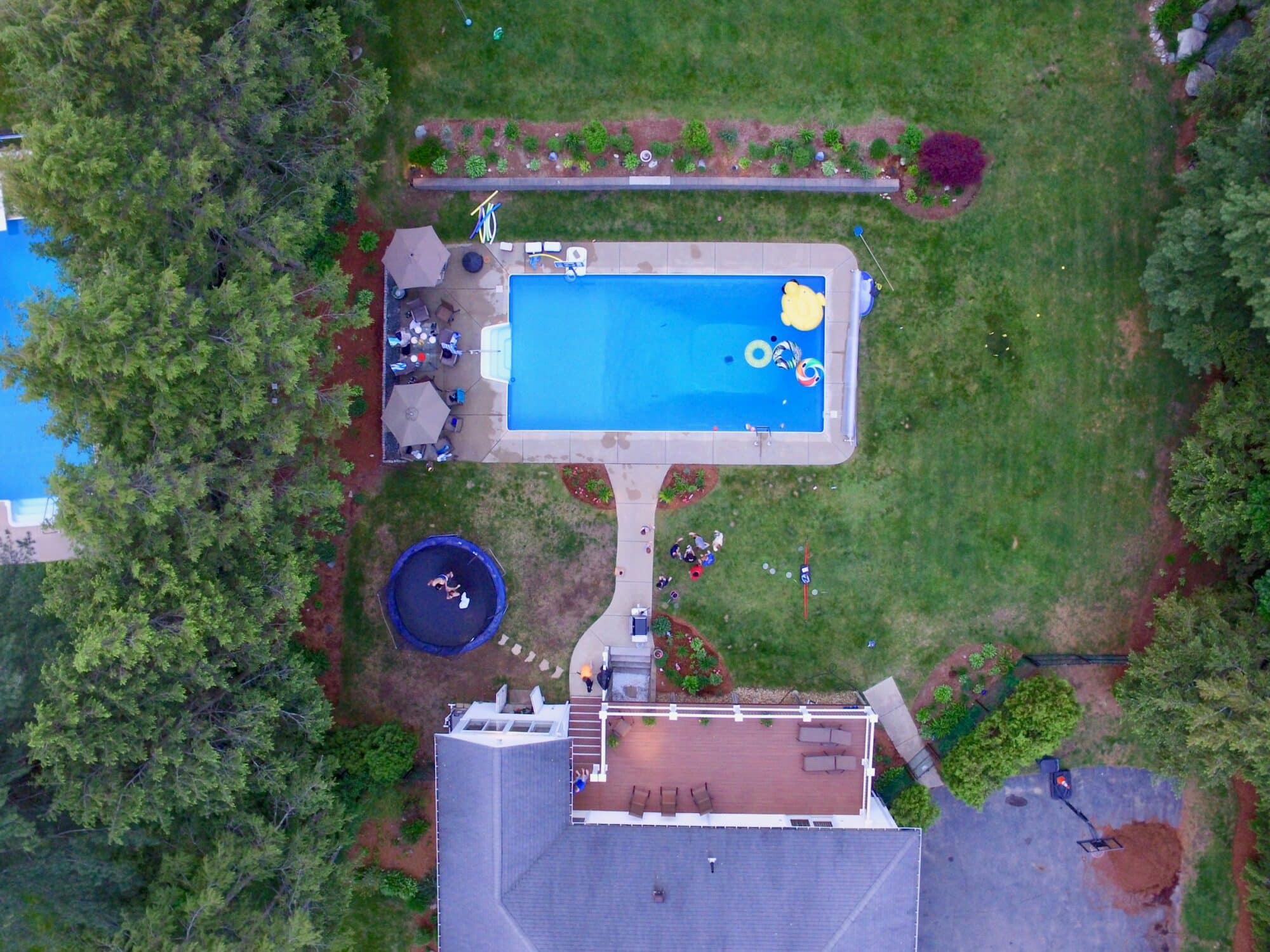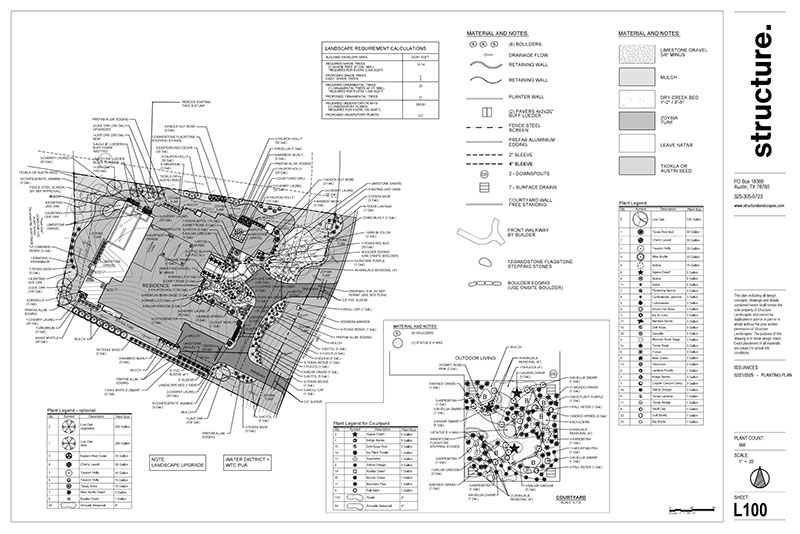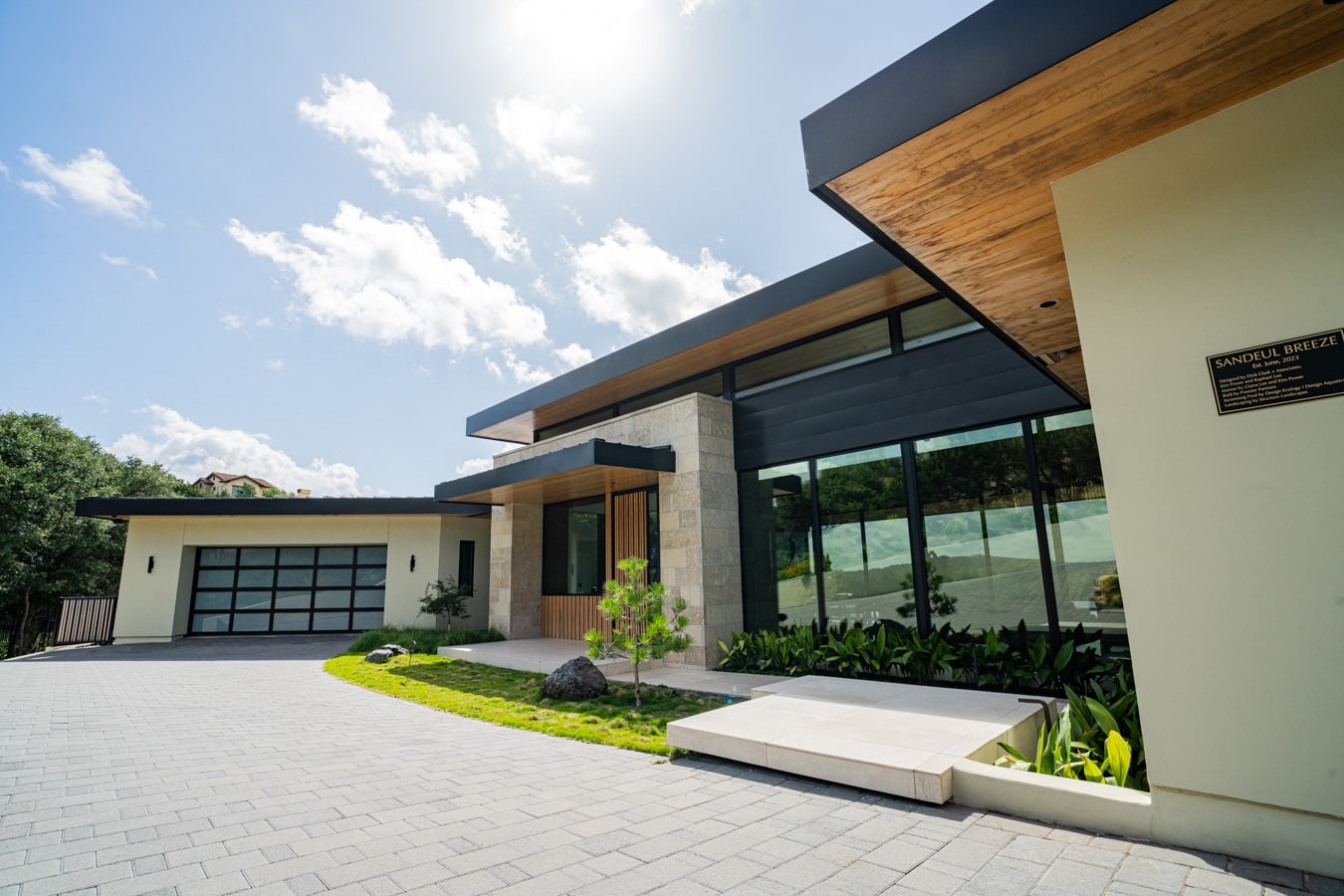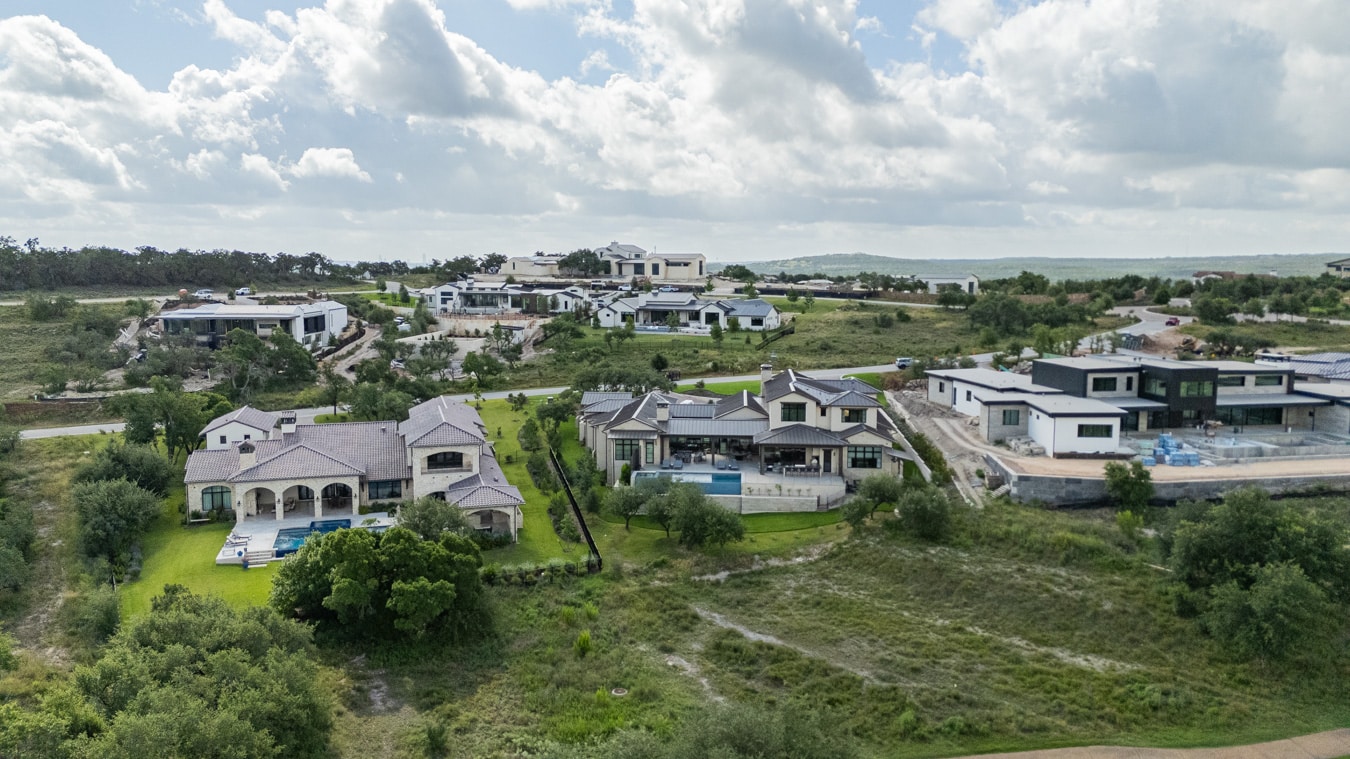Professional landscape design can transform any outdoor space into a beautiful and functional area. By hiring a professional, you ensure that your landscape reflects your style while being practical for your needs. This process involves careful planning, selecting the right plants, and considering how you will use the space.
With professional landscape design, you gain access to expert knowledge that can help you avoid common mistakes. This means your garden or yard can thrive with plants that suit your climate and soil. The result is a stunning exterior that enhances the value of your property and provides a relaxing environment for you and your family.
Investing in professional landscape design with Structure Landscapes can also save you time and effort in the long run. You can enjoy your outdoor space without worrying about design choices that might not work. A well-designed landscape will not only look good but also function well for gatherings, play, or quiet reflection.
Fundamentals of Landscape Design
Successful landscape design combines various elements and principles to create functional and pleasing outdoor spaces. Understanding these components will help you design gardens, yards, and parks that are both beautiful and practical.
Understanding Landscape Elements
Landscape design includes several key elements such as plants, hardscapes, and lighting.
- Plants: Choose the right plants based on climate, soil types, and maintenance needs. Consider flower colors, textures, and seasonal changes.
- Hardscapes: These are non-plant elements like paths, patios, and walls. They provide structure and functionality to the design. Materials like stone, brick, and concrete can enhance the style of your space.
- Lighting: Proper lighting highlights features and ensures safety. Use a mix of ambient, task, and accent lighting to create a balanced atmosphere.
By blending these elements, your outdoor space can meet both aesthetic and functional needs.
The Principles of Design
The principles of design guide how you arrange your landscape elements for the best effect.
- Balance: Aim for visual weight in your design. Symmetrical designs create formal settings, while asymmetrical designs feel more relaxed.
- Scale and Proportion: Consider the size of your elements. Larger plants can dominate a small space, while tiny features may get lost in a big garden.
- Unity: Create a cohesive look by using similar colors, materials, or styles. This brings the design together and makes it feel complete.
- Focal Points: Design a central feature that draws attention. This could be a tree, a sculpture, or a water feature.
These principles help guide your decisions and improve the overall quality of your landscape design.
Planning and Implementation
Planning and implementing a landscape design involves careful collaboration and attention to detail. Focusing on contractors, designers, and practical solutions ensures a well-executed project.
Working with Contractors and Designers
When working with contractors and landscape designers, clear communication is vital. This helps convey your vision and budget effectively.
Steps to ensure smooth collaboration:
- Choose Experienced Professionals: Research their portfolios and reviews. Look for past projects that match your style.
- Hold Initial Meetings: Discuss your ideas, timelines, and expectations. Make sure all parties understand the goals.
- Establish Clear Roles: Define what each contractor will handle. This reduces confusion and ensures accountability.
Regular check-ins during the project help address any issues early on. This keeps the project on track and within budget.
Incorporating Drainage Solutions
Good drainage is essential in any landscape design. It prevents water from pooling and protects plants.
Key considerations for drainage:
- Assess Your Land’s Slope: Determine how water naturally flows on your property. This will help you plan drainage systems effectively.
- Install French Drains: These help redirect excess water away from key areas. They consist of perforated pipes buried in gravel.
- Use Swales: These are shallow ditches that guide water. They can be incorporated into your design for both aesthetics and function.
Proper drainage protects your investment in plants and hardscapes and contributes to long-term garden health.
Integration of Hardscape Features
Hardscape elements like patios, walkways, and retaining walls add structure to your landscape. They should blend with the natural surroundings and function well.
Important aspects of incorporating hardscapes:
- Choose the Right Materials: Select stones, bricks, or pavers that complement your style. Consider durability and maintenance.
- Plan Layout Carefully: Ensure that hardscape features enhance traffic flow. Pathways should lead visitors easily through the space.
- Include Functional Elements: Think about seating areas, fire pits, or lighting. These features can transform your landscape into a usable space.
Incorporating strong hardscape designs improves both beauty and functionality in your landscape. Focus on balance between natural and built elements for lasting appeal.
Landscape Design Tools and Technologies
In modern landscape design, technology plays a crucial role in enhancing creativity and efficiency. By using specific software and applications, you can improve your design process and collaboration with clients.
Leveraging Professional Software
Using professional landscape design software can significantly improve your projects. Tools like Pro Landscape+ provide an array of features tailored for landscape designers. This software allows you to create detailed plans, generate estimates, and showcase your designs with accuracy.
You can easily draw up layouts, select plants, and even add hardscape elements. The user-friendly interface makes it accessible for both newcomers and experienced designers. Additionally, the ability to customize designs helps you cater to the unique needs of each client.
Innovations in 3D Rendering and Photo Imaging
3D rendering and photo imaging are essential for turning your ideas into vivid visuals. With software that specializes in these technologies, your designs can come to life in a realistic way. You can create immersive images that give clients a clear view of the proposed landscape.
This technology allows you to experiment with colors, textures, and lighting. Tools like Easy-to-Use CAD help with modeling various elements in your designs. By providing clients with 3D views, you can enhance their understanding and excitement about the project.
Utilizing Apps for Enhanced Collaboration
Collaborative apps are changing how you interact with clients and team members. The Pro Landscape Companion app allows for real-time updates and access to project details. This app helps you manage tasks and share designs easily.
Using these apps, you can gather client feedback more effectively, leading to a smoother design process. The ability to work together digitally helps ensure everyone is on the same page. As a result, you can deliver projects that meet your clients’ expectations consistently.
Role of Professionals in Landscape Design
Professionals play key roles in landscape design, combining their skills to create functional and beautiful outdoor spaces. Understanding the distinct responsibilities of landscape architects and designers helps you appreciate the depth of expertise involved in this field.
The Landscape Architect: Vision and Expertise
Landscape architects focus on the bigger picture. They combine science and art to create plans for both public and private spaces. Their work includes parks, campuses, and urban areas.
Key Responsibilities:
- Assessing land use and environmental factors.
- Designing layouts that meet zoning laws and environmental regulations.
- Incorporating elements like roads, paths, and drainage.
With strong knowledge in horticulture and ecology, landscape architects ensure designs are sustainable. They also collaborate with other professionals like engineers and urban planners. Their vision helps shape safe and enjoyable environments that last.
The Landscape Designer: Creativity and Detail
Landscape designers bring creativity to your outdoor space. They specialize in planning smaller areas, like gardens and patios. Their job is to focus on aesthetics and functionality.
Main Tasks Include:
- Selecting plants for beauty and growth needs.
- Creating detailed layouts for features like decks and water gardens.
- Advising on materials and colors.
Designers need a keen eye for detail. They understand how different elements can work together. Their goal is to create inviting spaces that fit your style and lifestyle. By focusing on personal preferences, they help make the outdoors more enjoyable.





